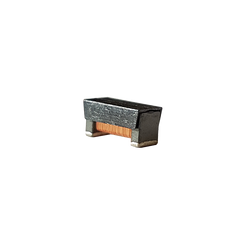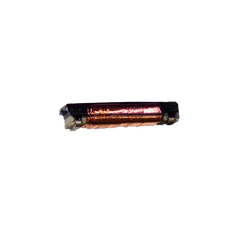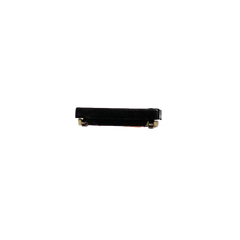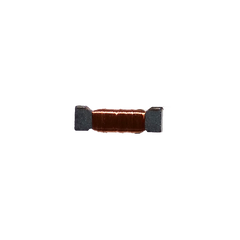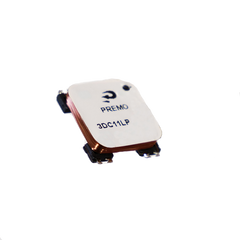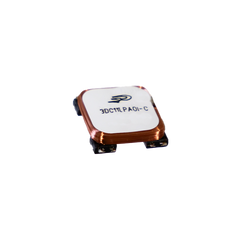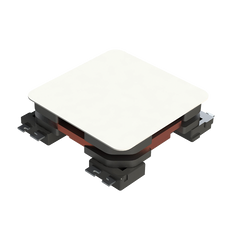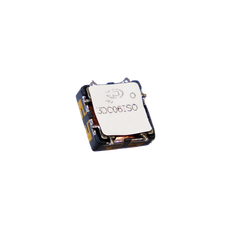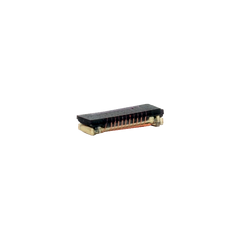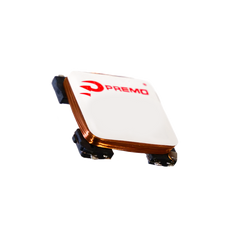What are Radio Frequency Identification (RFID) antennas and how do they work? We can define the RFID antenna as the sending and receiving element of a wireless data interchange system which uses an electromagnetic field as its media.
An RFID system always has two elements:
- The RFID transponder antenna, which is located on the object to be identified.
- The interrogator or reader, which, depending upon design and the technology used, may be a read or read/write device.
RFID Antennas work by the reader sending out electromagnetic waves through the reader antenna. The tag antenna is tuned to receive these waves and passes the transmitted data to the tag system chip, which then enables an action to take place, typically resulting in the return of a pre-determined electronic code or initiate some action in/on the system the tag is part of. RFID antennas are tuned to resonate only in a narrow range of carrier frequencies that are centered on the designated RFID system frequency.


